All those people who warned me were right: the winter out here is cold and worse, it’s dry. First my hair dried out, and then the skin on my knuckles and wrists turned scaly and red; my knees and elbows began to drink an uncommon amount of lotion. The desiccation has continued, culminating in the recent realization that even my poor nipples have grown so chapped that the other day one of them actually cracked and started to bleed a tiny bit.
Gross! That’s certainly not very sexy. Why in the world am I talking about such embarrassingly personal little body parts in such an unappealing manner? Why am I talking about them at all?
I will admit to having a mild interest in the subject of nipples. A few years ago, someone on reddit posed this simple yet fascinating question, which I’m sure many of you have encountered or considered in some form: “If you were to Photoshop male nipples on top of female nipples, would it be considered explicit?” When I first heard this, it struck me as extraordinarily insightful. Men’s nipples are not, by and large, censored, whereas women’s breasts* are widely regarded as obscene. In many contexts, however, it’s acceptable to publish pictures of partially exposed boobs as long as the nipples are carefully hidden. Juxtapose one “gender” of nipples over the other, and you get an immediate demonstration of just how arbitrary this distinction is. “It’s all about context,” you say, and indeed it certainly seems to be. Only in the context of identifying as a woman are these cute little nubbins of flesh considered downright dirty.
In fact, our culture seems to be widely in denial about the very existence of girl nipples. The popularity of heavily-padded bras can attest to the fact that while we love to acknowledge that women have boobs, we are quite attached to thinking of these boobs as large, round and incredibly smooth. God forbid you grow cold while wearing a t-shirt made of thin material, revealing to everyone that your ta-tas are not perfectly regular half-spheres after all. It’s a strange kind of cognitive dissonance that I didn’t truly begin to question until last year, when living in a dorm forced me to come to terms with the fact that, unless I could train myself out of my habitual need to remove my uncomfortable bra most evenings by 9 or 10 pm, I’d have to reveal to the world (or at least to my neighbors) that my boobs aren’t the shape I spend most of the day pretending they are.
To be honest, I am still not really comfortable being braless around people I don’t know well. Depending on context, personal preference, and the size of your breasts, wearing a bra can be more or less of a chore or a comfort. For me, while it’s often uncomfortable and sometimes even painful, if I’m going to be moving around a lot or interacting with anyone whose professional respect is important to me. It’s one thing to feel confident about your body and empowered to dress how you like. It is quite another to talk yourself out of the sense that if your nipples are detectable, then you are provocatively and purposefully alluding to the existence of your sexyparts. It’s an indecency, perhaps even inviting the risk of violence.
The question of why female nipples are so sexualized is not a new one in feminist thought, but it’s one that has gained more significance for me as I’ve grown older and encountered more sexytimes. One idea that potentially throws a wrench in the sense of arbitrariness and attempts to offers a logical explanation for the difference is the theory that women’s nipples are erogenous zones—sexually sensitive areas of the body—whereas men’s are not. If a body part is not involved in sex, it is free to be seen by the public, but an association with pleasure logically imbues it with vulgarity and requires that it be kept diligently under fabric.
My own nipples are pretty sensitive and always have been. In the old days (back when articulating specific sexual wants seemed much more alien and inappropriate than it does now), almost all of the guys I dated were remarkably slow to pick up on this fact. I always assumed it was because they assumed that my nipples felt like their nipples, and their nipples were just little regular-feelin’ nubs of chest flesh because they were boys. Indeed, that appeared to be how it worked; none of the dudes seemed to get all that excited about their nipples being touched. But I really had no evidence for this, and I eventually realized that not only did I have no definite way of knowing what my boyfriend’s nipples felt like, I had no way of knowing if every boy’s nipples felt the same at all. For that matter, I had no idea what other girls’ nipples felt like, either. Perhaps completely different than mine? Who’s to say that any sensations of sexual pleasure are identical from one individual to the next?
In fact, some casual research quickly revealed that my younger self’s assumption was almost entirely based in myth. Some men’s nipples are actually incredibly sensitive while others’ are not at all, and this is indeed pretty much true across the board for people of all genders. Any set of nipples can be an erogenous zones, depending on the person. This might seem perfectly obvious, but the truth is that most people grow up within a pretty complete set of fixed standards about what (and where) should feel sexually pleasurable for different gender roles. A distorted idea of “biology” is quite commonly used as quick-and-easy logical proof that all sorts of assumptions are simply and objectively correct, including the sense that women’s nipples are inherently much more lewd.
It can be jarring to realize just how little our real-life gender and sexual roles have to do with something inevitable and standardized about our bodies. In reality, for all we know, everyone possesses an absolutely unique hunk of anatomy and feels an absolutely unique set of physical sensations. We can observe and communicate pretty definitively what feels good and how much, but qualitatively describing the feeling of pleasure itself is incredibly tricky. What words would you even use? The only way to truly know what feels good for your partner is by (surprise!) asking them.
That’s all for now! Cuddle up and stay warm, friends. And no matter who you are or how you identify, if your nipples are undergoing the same sad sore fate as mine, I highly suggest putting lotion or coconut oil on them before bedtime, or moving to a slightly nicer and more humid location.
*It’s important to note that not all women possess boobs, nor are all people with boobs women. People of trans and genderqueer identities are also affected by the hypersexualization of breasts, as well as the icky normative set of standards that dictate that being a woman not only means having boobs but also having boobs that fit a very particular set of criteria. The quote above questionably connects “maleness” vs. “femaleness” with the type of breasts that you have, and this article is heavily based on a discussion of my own performatively-“girl” anatomy, but it’s very important to me to acknowledge that linking biology and gender too closely or simplistically can easily be exclusionary and harmful, and that the language one uses matters.

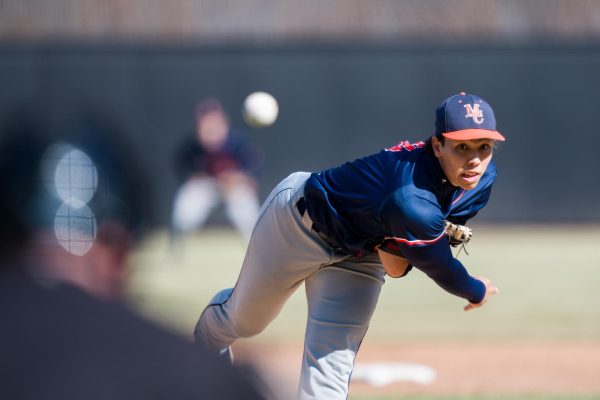

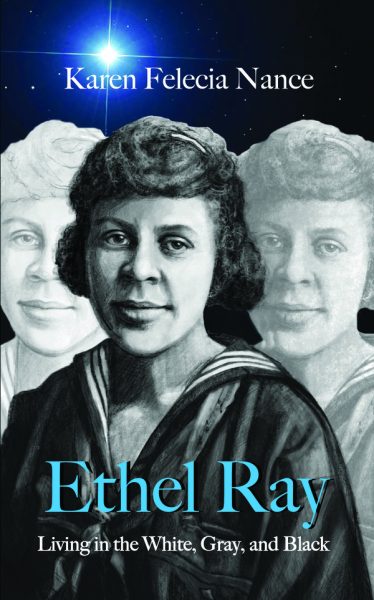
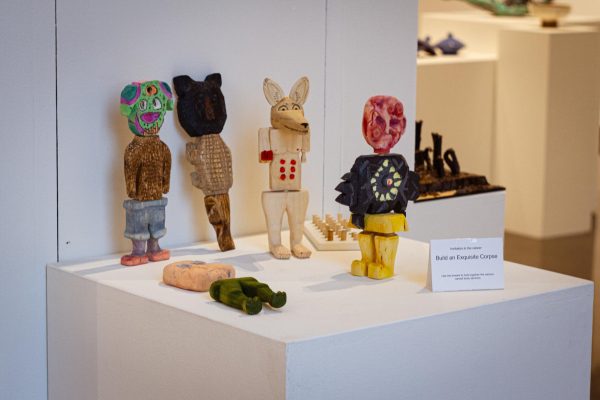

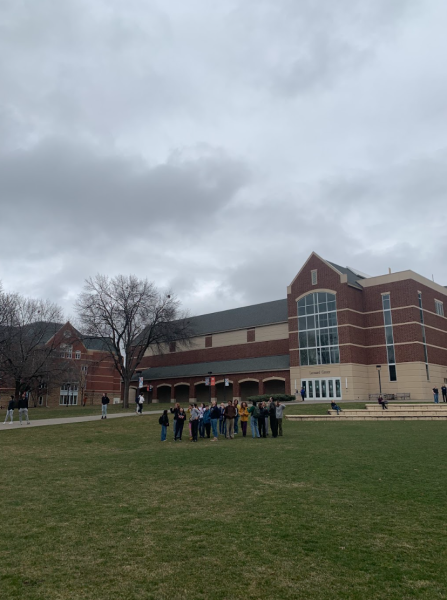
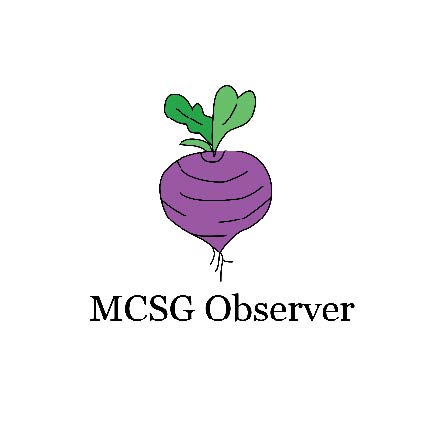




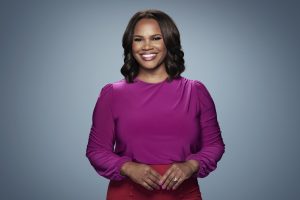
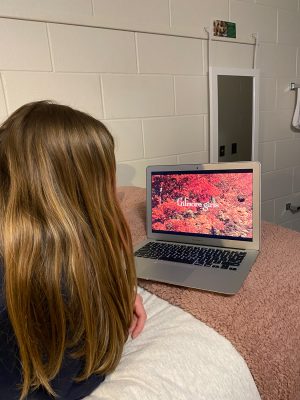

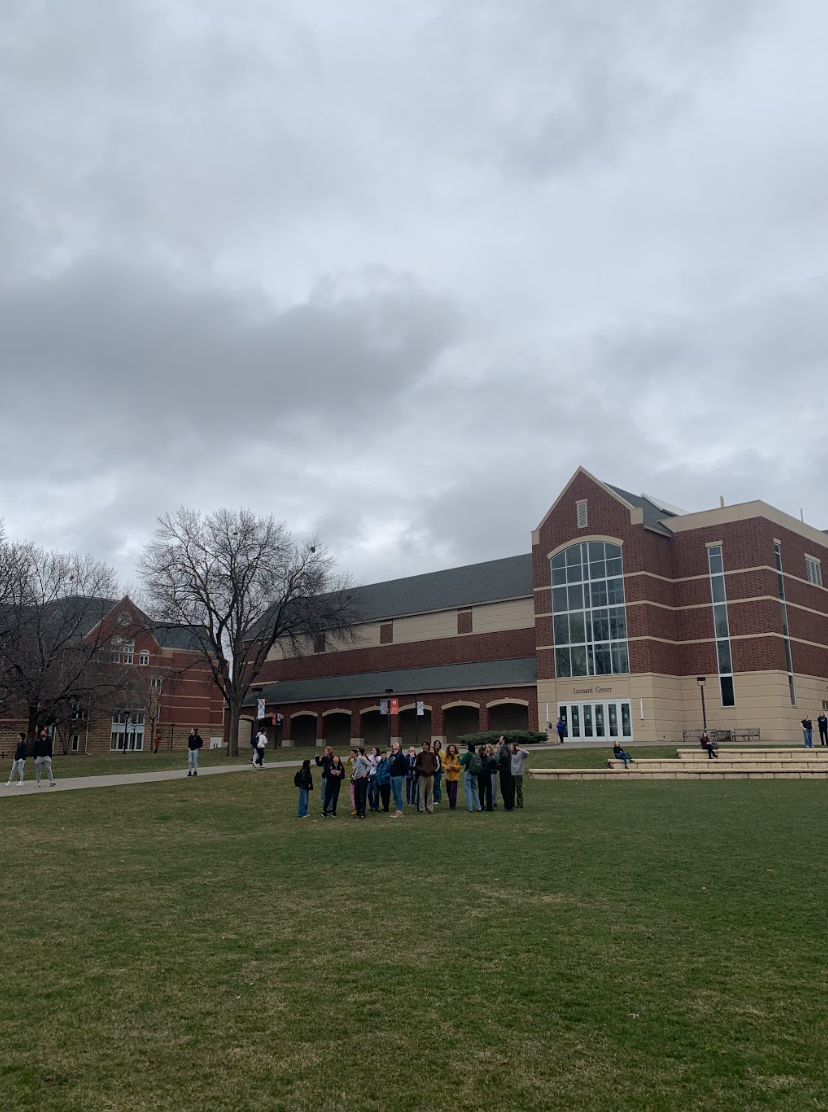

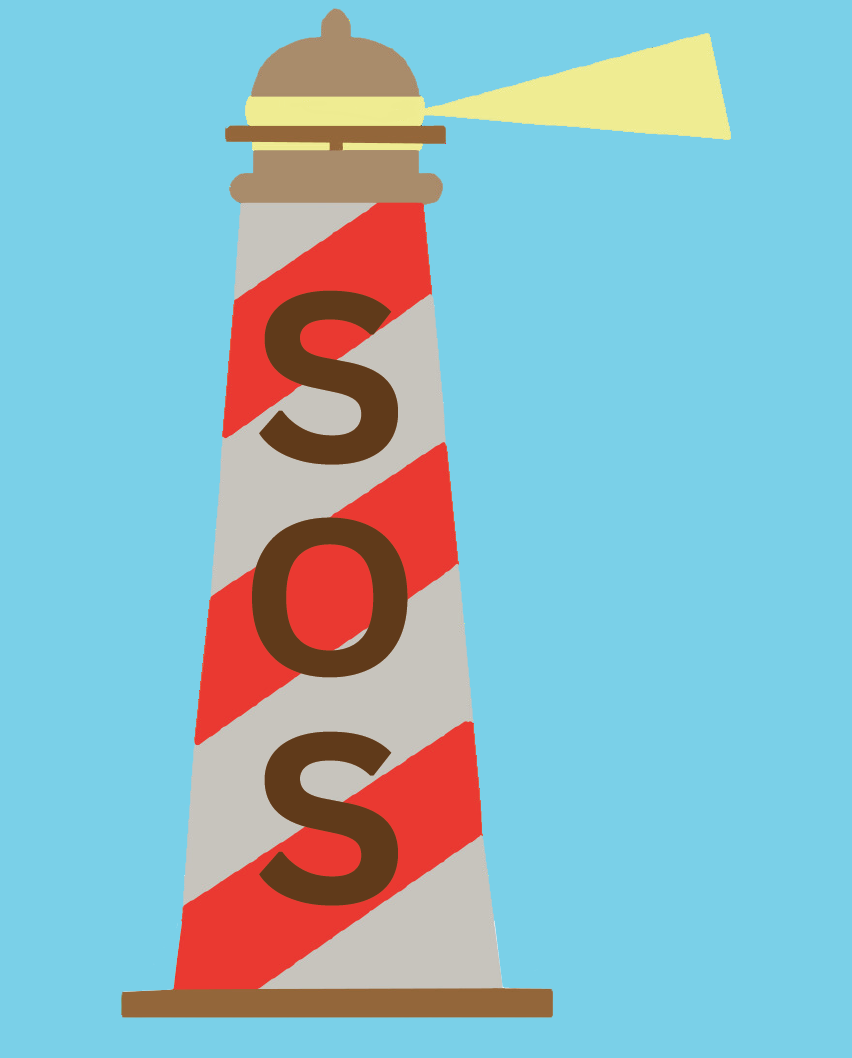
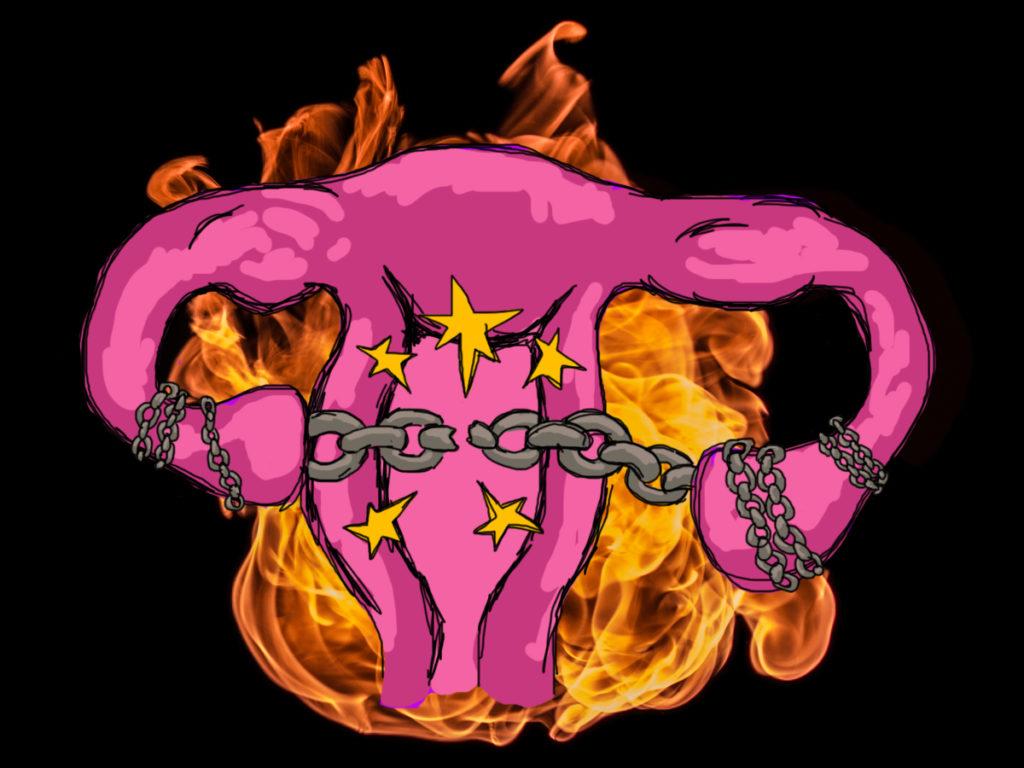
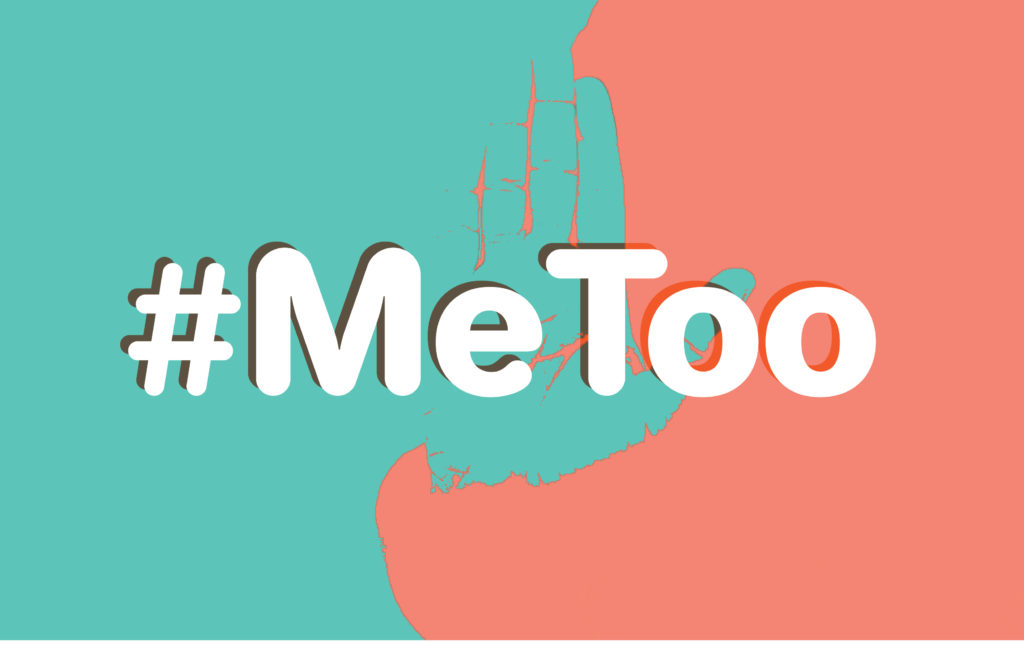
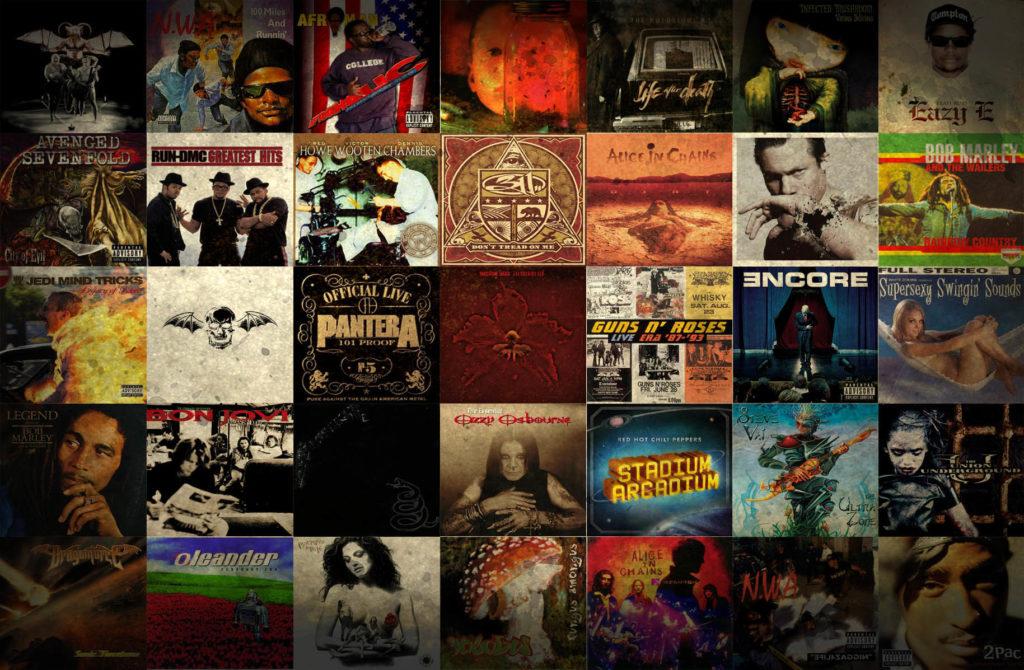
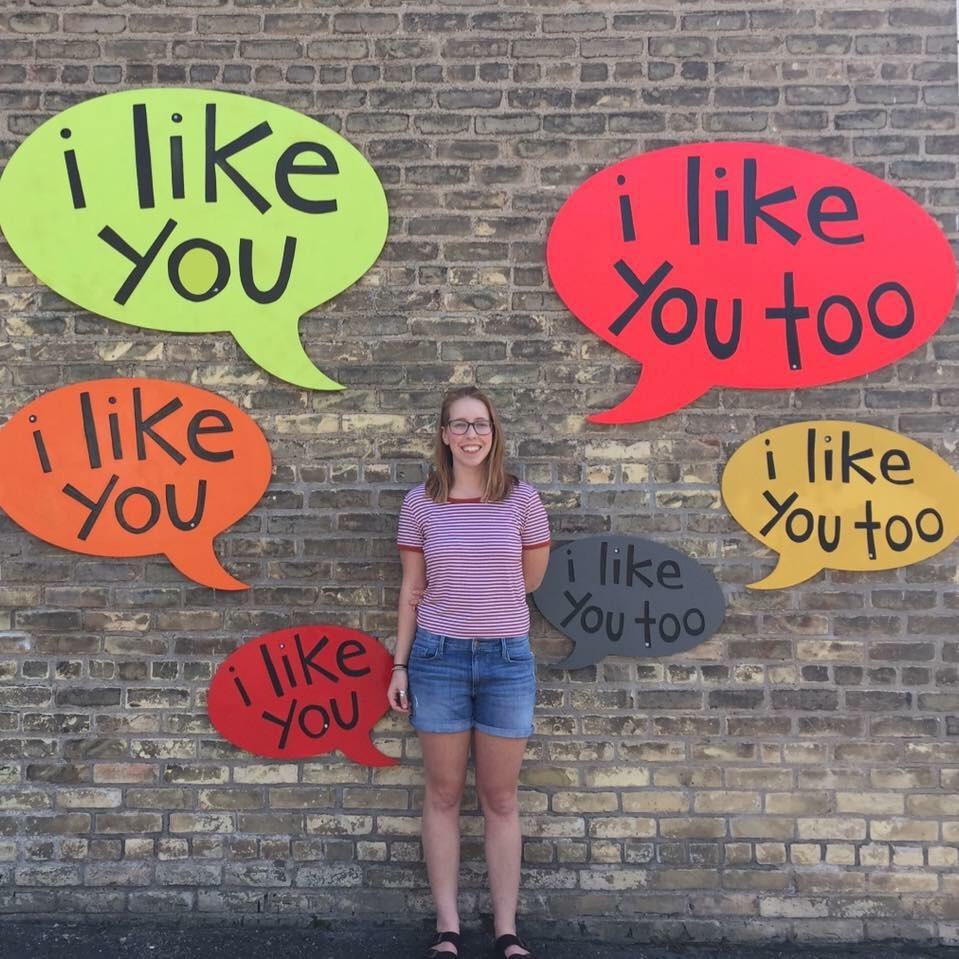
Sonia Randall • Sep 7, 2019 at 1:27 pm
Would you be serious about exchanging links?